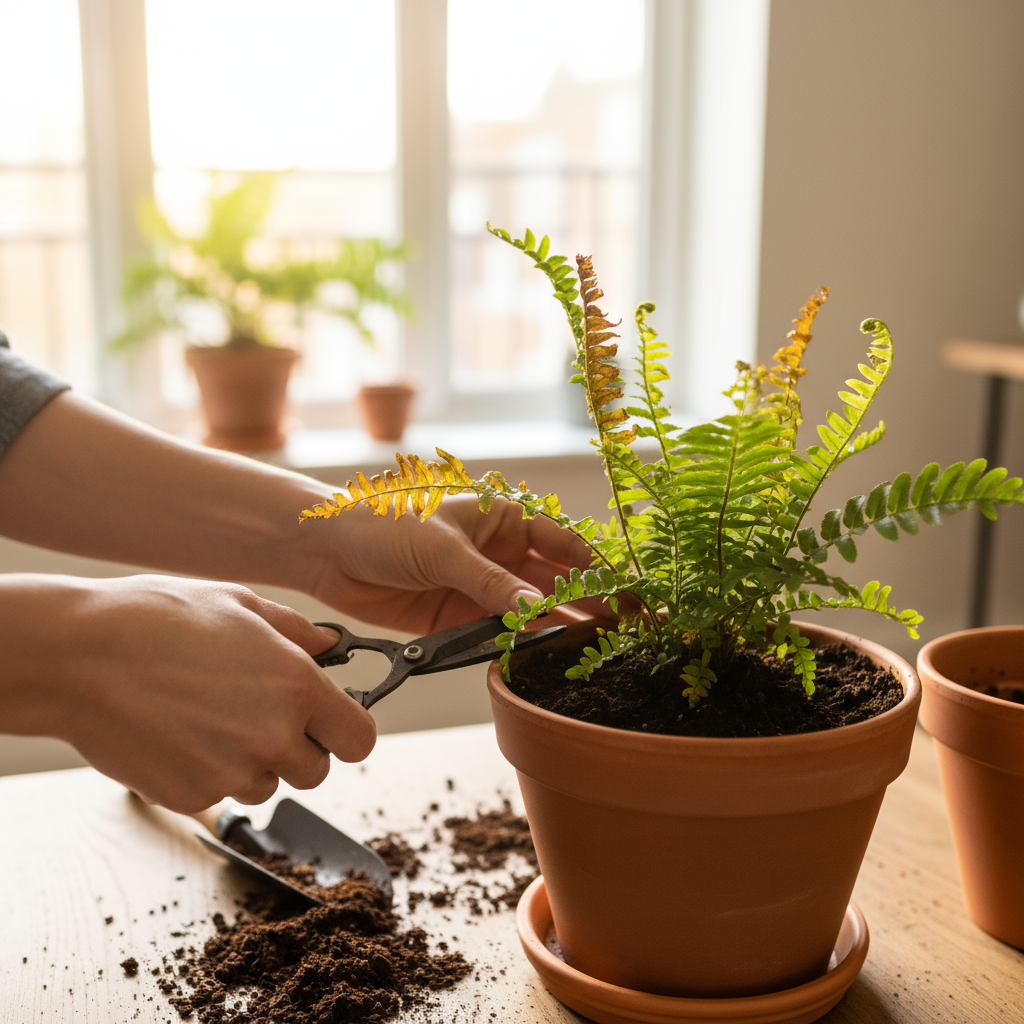Seeing a plant struggle can feel discouraging, but many plants can recover with the right care. By identifying the problem and acting quickly, you can often bring a dying plant back to life.
Step 1: Identify the Problem
Look for common signs:
- Yellow leaves: Overwatering or lack of nutrients.
- Brown, crispy leaves: Underwatering or low humidity.
- Drooping stems: Watering issues or root problems.
- Spots or webbing: Pest infestation.
Step 2: Check the Roots
Gently remove the plant from its pot.
- Healthy roots: Firm and white.
- Unhealthy roots: Brown, mushy, or foul-smelling.
- Solution: Trim damaged roots with sterilized scissors.
Step 3: Refresh the Soil
Old or compacted soil can suffocate roots.
- Replace with fresh, well-draining potting mix.
- Choose soil suited for your plant type.
Step 4: Adjust Watering
- For overwatered plants: Let soil dry before watering again.
- For underwatered plants: Give a deep soak until water drains out.
- Always check soil before adding more water.
Step 5: Improve Light Conditions
- Move the plant to bright, indirect light.
- Avoid harsh, direct sun that can burn weak leaves.
Step 6: Prune Damaged Parts
Remove yellow, brown, or dead leaves. This allows the plant to focus energy on new growth.
Step 7: Control Pests
- Use neem oil or a mild soap spray.
- Isolate the plant if pests are present to prevent spreading.
Step 8: Be Patient
Recovery takes time. Watch for small signs like new leaves or stronger stems, and adjust care slowly.
Final Thoughts: Hope for Struggling Plants
A dying plant isn’t always lost. With fresh soil, proper watering, better light, and patience, you can often revive it. Each step teaches you more about plant care, helping you grow stronger plants in the future.

